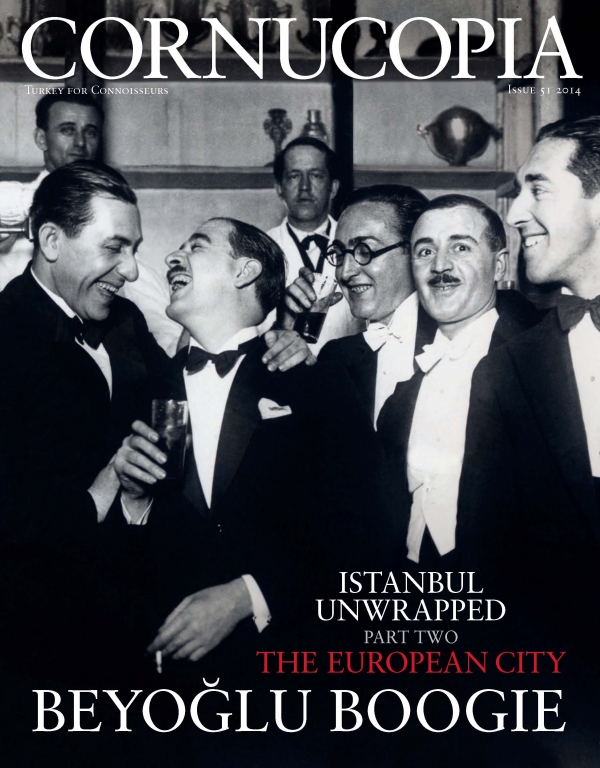Buy or gift a stand-alone digital subscription and get unlimited access to dozens of back issues for just £18.99 / $18.99 a year.
Please register at www.exacteditions.com/digital/cornucopia with your subscriber account number or contact subscriptions@cornucopia.net
Buy a digital subscription Go to the Digital EditionLinda Kelly tells the story of André Chénier, father of French Romantic poetry, who was born in Galata, the Genoese quarter of Istanbul. Executed during the Paris Terror, Chénier produced some of the most moving documents of the Revolution
On July 25, 1794, the 31-year-old poet André Chénier went to the scaffold, one of the last victims of the Terror in Paris. Two days later its chief architect, Robespierre, was overthrown and guillotined that day. The poems Chénier wrote in prison on tiny scraps of paper used to wrap laundry, are some of the most moving documents of the French Revolution. Miraculously they survived, and his story and work became an inspiration to a generation of poets that came after him.
This poet of the French Revolution had come a long way from his beginnings in Istanbul – his father was a French cloth merchant in the old Galata quarter, his Greek mother was the daughter of a jeweller to the seraglio. André Chénier’s birthplace can still be seen in a narrow back street behind the oppulent banks of Voyvoda Caddesi. It has changed much over the years but, high on the wall outside – so high that you can only see it by craning your neck – is a plaque commemorating his birth: Ici nacquit le poète André Chénier, octobre 30, 1762.
A cavernous entrance, its wall streaked with the dirt of ages, opens to a hallway, from where a tall stone staircase winds up and up through six or seven floors…
With his victory against the Persians at the Battle of Issus, fought in 333BC on a plain in southern Turkey, Alexander the Great changed the course of history and started his transformation into demi-god. But his troops endured a hellish march to get there. Critic and art historian Brian Sewelll tried to retrace the Macedonian conqueror’s arduous route to the battlefield. Photographs by David George
Freya Stark made her name with her vivid writing about Persia and the Arab world in the Thirties. After the Second World War, already fifty-nine, she started tracing Alexander the Great’s route through southern Turkey. Molly Izzard, her biographer, recounts the discomforts and discoveries of her five punishing journeys
No flower has a more distinguished culinary history than the rose. To capture its elusive fragrange, people have infused scented petals in sugar, honey, wine, oil, vinegar, syrup, milk or plain water.
More cookery features
In the sweetly scented forests of Turkey’s Aegean coast, bee-keepers and their families harvest the royal jelly once sought after by sultans. The late Rosemary Baldwin, herself a royal jelly enthusiast, revisted the fruitful hives of Samsun Dağı, ancient Mount Mycale
A favourite decorative prop of Orientalists in the 19th century, the Oriental carpet was often painted with extraordinary realism. By Penny Oakley










Cornucopia works in partnership with the digital publishing platform Exact Editions to offer individual and institutional subscribers unlimited access to a searchable archive of fascinating back issues and every newly published issue. The digital edition of Cornucopia is available cross-platform on web, iOS and Android and offers a comprehensive search function, allowing the title’s cultural content to be delved into at the touch of a button.
Digital Subscription: £18.99 / $18.99 (1 year)
Subscribe now